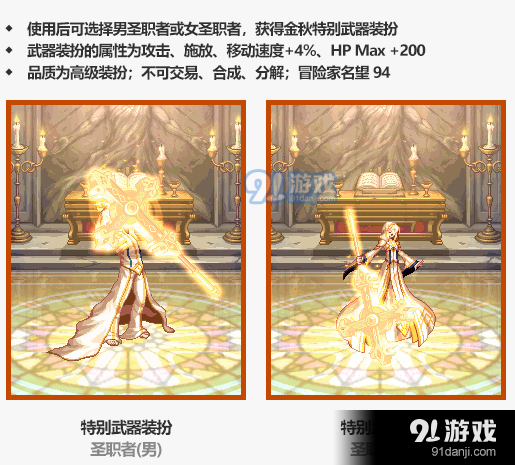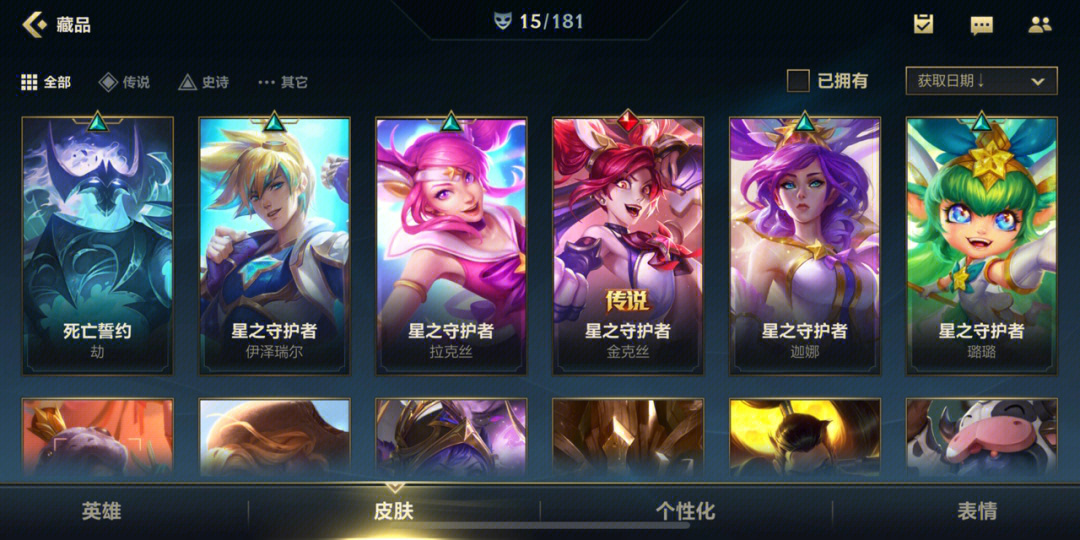Instudy,work,andlife,itisinevitableforeveryonetocomeintocontac...
Classic Battles In World War History (3) The 1941 Soviet-German War Made The "Katyusha" Rocket Launcher Famous In The First Battle
Planner: Song Yajuan
Supervisor: Guangming.com Popular Science Department
The Soviet Union has always attached great importance to the development and production of artillery. Stalin once said that "artillery is the god of war." Therefore, the artillery of the Soviet Red Army played a huge role in the Patriotic War. Speaking of the "Katyusha" multiple rocket launcher, the first impression given is that it can quickly pour a large amount of explosives on the target. At the same time, this rocket is cheap and easy to produce, but its accuracy is low and it is difficult to load. It has been a long time, and generally speaking, "flaws do not hide the advantages", making it active from World War II to the present.
Rocket Launcher: The simple and crude weapon that Soviet Russia is best at
Although rockets were first invented in our country, when it comes to large-caliber rocket launchers (also called "rockets"), we have to admit that the early creators and practitioners should belong to Russia. Due to geographical environment and other factors, Soviet Russia has historically been a continental country with a dominant mindset. In terms of military strength, the land was strong and the sea was weak. It has always advocated "continental army doctrine" and "big artillery doctrine" and attached great importance to artillery construction and spared no effort. . Soviet Russia lacked scientific and technological strength, but was good at developing "simple and crude" weapons in unique ways, and rocket launchers were exactly this type of weapon.
The development history of Soviet rocket weapons can be traced back to the era of Tsarist Russia. After the outbreak of World War I, the Russians wanted to install powerful aviation weapons on their aircraft due to the insufficient power of weapons equipped on their aircraft. The weight and recoil of large-caliber machine guns and cannons were too great to mount on crude fighter aircraft. Smart Russian engineers thought of aviation rockets. However, due to distrust of their own technology, Russian senior officials failed to allow the factory to develop aviation rockets.
After the success of the "October Revolution", in order to fight against the attacks of the White Army, Soviet rocket experts designed rockets that could be carried and launched by trucks. In an experiment in 1928, the rocket's stable flight distance was as high as 400 meters. After many improvements, the range has reached 1,800 meters. In the Battle of Nomonkan in 1939, Soviet pilots used air-launched rockets to teach the arrogant Japanese troops a lesson.
However, the spread of rocket fire at this time was quite large, and the rocket designers finally designed a straight-shaped rocket launcher. It consists of eight rails, with a rocket mounted on each rail, so that a truck can fire 16 rockets at a time. The time to fire 16 rockets takes less than 10 seconds. The firing range reached 8,500 meters, far exceeding the range of tank guns at that time. Install the launching device on a truck and other vehicles to become the BM-13 "Katyusha" self-propelled rocket launcher. This kind of rocket launcher, which relies on intensive attacks and high power to win, became a nightmare for the enemy on the battlefield of World War II.
The Soviet Red Army's "Katyusha" rocket launcher system (picture from the Internet)
"Katyusha" was a "magical" existence during World War II
Since its inception, the "Katyusha" rocket launcher has been shrouded in a veil of mystery due to its high degree of confidentiality. This mystery is first reflected in the origin of its name. The rocket launcher was produced by the Comintern Arsenal in Voronezh Oblast. It was named after the Russian first letter K of the Comintern and was printed on the gun truck. Even the Soviet Red Army did not know its official name, so they named the weapon a female nickname "Katyusha" based on the letter "K". This alias quickly spread among the Soviet Red Army.
Secondly, the smoke and flames of the "Katyusha" rocket launcher are particularly obvious when launched, and there is no protection at all. Therefore, it is not suitable for fighting in areas where the threat of enemy artillery fire is relatively high. This also determines that it is often used in combat to "fire one shot." "Run away, before the severely wounded enemy could react, it had already disappeared. The firepower of the "Katyusha" rocket launcher is not inferior to that of heavy artillery, but it is much more flexible than heavy artillery. It can be easily mounted on the chassis of various trucks, jeeps, and even light tanks. This makes it extremely maneuverable and can hit and run.
On July 15, 1941, the "Katyusha" rocket launcher was used in actual combat for the first time in the city of Orsha, Belarus. As soon as a German armored unit occupied the train station, the rocket shells fired by the Soviet army hit the building with angry roars and dazzling fire. After landing, the train station was instantly plunged into a sea of flames. The German troops had nowhere to hide and were bombed to the point of howling like ghosts. The furious German commander believed that the 80 shells came from a Soviet artillery division, but when the air force went to investigate, they only found five trucks retreating at high speed. Because the target was small, no attack was launched. The "Katyusha" rocket launcher showed great power in the first battle. The German army, who had never seen such a terrible artillery, called it the "devil's artillery" in horror.
On the battlefield to resist U.S. aggression and aid Korea, the U.S. military mistakenly thought that our military used "atomic cannons"
Time came to 1950, when the War to Resist US Aggression and Aid Korea broke out. Since the Soviet Union and China were in the same camp at that time, the "Katyusha" rocket launcher was naturally introduced to China and laid the foundation for Chinese rocket launchers. At that time, on the battlefield to resist U.S. aggression and aid Korea, the Chinese Volunteer Army dispatched the then 21st Rocket Artillery Division. After intense modifications, the 21st Division entered the battlefield to resist U.S. aggression and aid Korea.
The Battle of Shangganling was the most arduous, fierce, and cruel battle in the War to Resist US Aggression and Aid Korea. In a small area of only 3.7 square kilometers, the enemy and we invested a total of 100,000 troops and fought repeatedly for 43 days. In the end, our volunteers held the position. The battle was won. In this battle, the 209th Regiment of the 21st Artillery Division of the Volunteer Army made outstanding achievements, and the "Katyusha" rocket launcher showed its power. Infantry soldiers particularly like "Katyusha" and call it the "King of Artillery".
Usually the "Katyusha" rocket launcher is hidden in a cave by our army, and even our own troops are not allowed to approach. After entering the wartime state, they quietly selected their positions. When everything was ready, they sent out warnings, and the artillery trucks went straight to the positions, stopped and fired, and then withdrew after the firing. Throughout the more than 40 days of the Shangganling battle, our "Katyusha" rocket artillery regiment adopted this hit-and-run tactic and participated in 10 battles, dealing heavy blows to the enemy while leaving itself unscathed.
At that time, the US military believed that China had just experienced the plunder of the war and did not have any weapons that could be used. However, after experiencing the power of the "Katyusha" rocket launcher, the United States was directly stunned and exclaimed that the volunteers used "atomic cannons" ". It can be said that the "Katyusha" rocket launcher became an unrivaled weapon at the time and laid the foundation for China's rocket launcher development.
标签: Rocket Launcher Soviet Union Rocket Battle Launch
Will China Also Purchase? The Rifles Produced By The German HK Company Sell Well All Over The World!
下一篇People's Education Press Compulsory Course Unit 2 Classroom Game: Who's The Spy English Version
相关文章
- 详细阅读
-
[Trial Sharing] Dell S2817Q 4K Monitor Unboxing Experience Test: 4K Resolution Is Arbitrary详细阅读
![[Trial Sharing] Dell S2817Q 4K Monitor Unboxing Experience Test: 4K Resolution Is Arbitrary](http://www.cacac.net.cn/zb_users/theme/suiranx_news/image/random_img/5.jpg)
Ihaveaspecialattachmenttoresolution,andIcan’tstandthejaggedfee...
2023-12-07 120 Dell Corporation Monitor Resolution Computer Monitors Image Resolution Pixel Resolution
-
DNF: Don’t Buy A “chic Suit”!Buy Costumes And Weapons Separately And Save At Least 100 Million详细阅读

Summersetsarefinallyonline,andsummerfashionshavealsoattractedthe...
2023-12-07 110 DNF
-
Dell Will Also Launch A 43-inch 4K Monitor P4317Q With 7.3mm Ultra-thin Bezel详细阅读

AttheendofMarch,Philipslaunchedthe43-inch4KmonitorBDM4350UC,whi...
2023-12-07 104 Dell Corporation Philips Monitors Monitors Monitor Sizes Digital
-
Dell Launches Two 4K Monitors Supporting LG’s Exclusive IPS Black Technology详细阅读

Delllaunchestwo4KmonitorssupportingLG’sexclusiveIPSBlacktechnolog...
2023-12-07 102 Dell Corporation lg Monitors Dell Computers Color Gamut
-
The Blackest IPS Panel!Dell's New 4K Monitor Goes On Sale: First Launch Of IPS Black Technology详细阅读

AlthoughLGdemonstrateditsownIPSBlacktechnologyatthe2022CESshow...
2023-12-07 98 Panel Dell Installation Price Downward
-
DNF: 2021 Golden Autumn Fashion + Weapon Decoration List!The Supreme Series Has Changed, And The Priests Are The Winners详细阅读

Theimprovementofpropsinthe2021GoldenAutumnGiftPackisaverage,an...
2023-12-07 99 Priest Dungeon and Fighter
- 详细阅读



发表评论